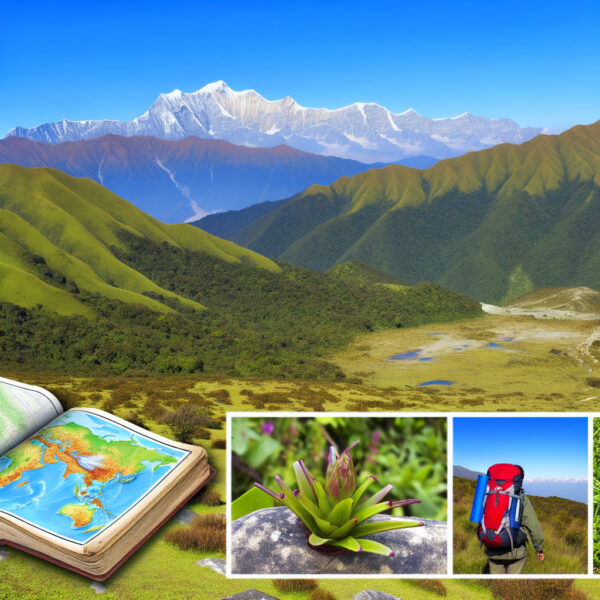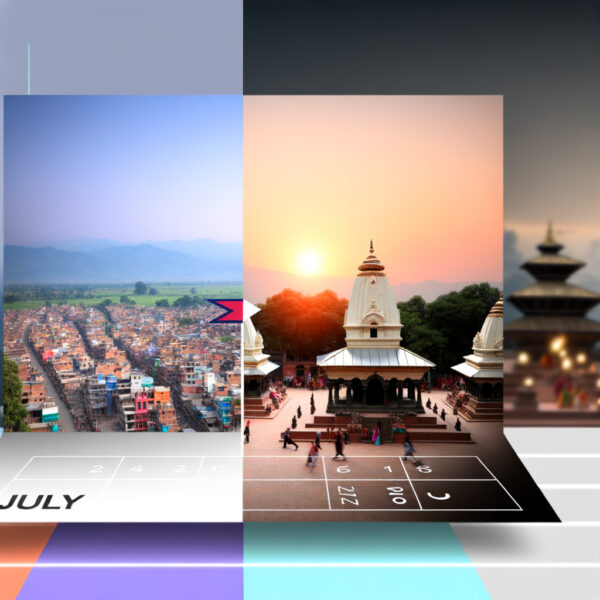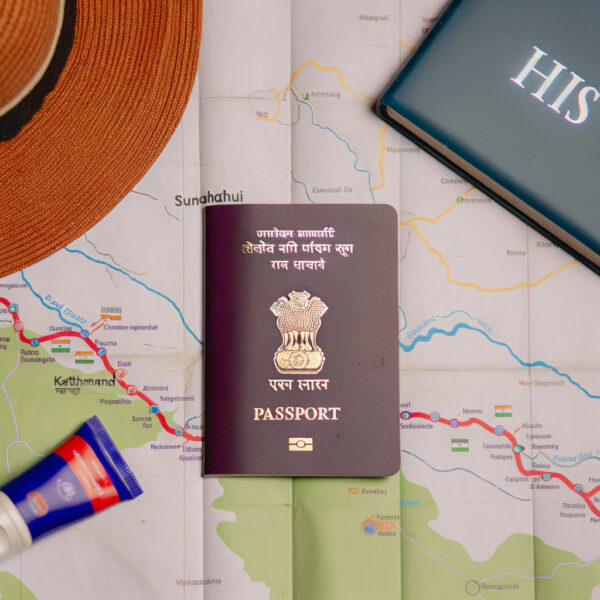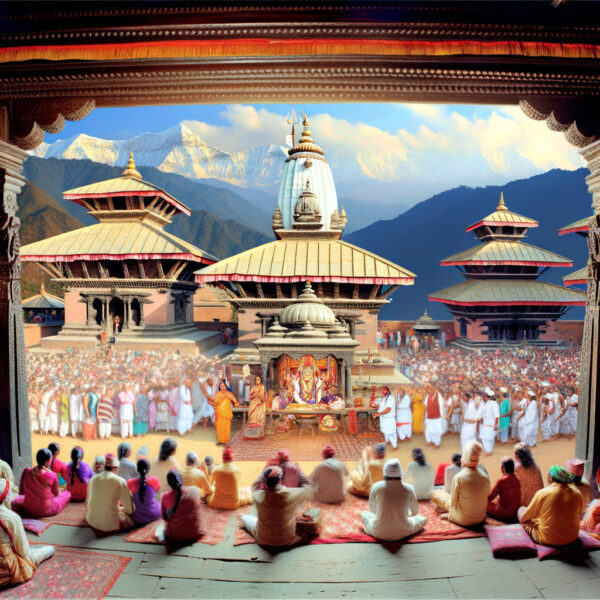Your First Nepal Trip: A Hindu Pilgrim’s Complete Handbook
The unadulterated beauty of Nepal, coupled with its spiritual sanctity, holds a distinct charm for Hindu pilgrims. The country’s rich history, culture, and religious practices make it a highly sought-after destination.

The Spiritual Awakening
Nepal is home to some of the most revered Hindu temples, Buddhist monasteries, and Jain shrines. The Pashupatinath Temple, Boudhanath Stupa, and Swayambhunath are some of the spiritual landmarks that merit a visit.
The Sacred Journey
The journey to these places is no less mystical. Madhu Tourism, one of the leading tour operators in Gorakhpur, India, ensures that your pilgrimage goes smoothly and comfortably. With their all-inclusive packages, you can enjoy your journey without having to worry about travel arrangements, accommodation, or logistics.
The Cultural Extravaganza
Aside from religious significance, Nepal offers a unique cultural experience. The local cuisine, music, dance forms, festivals, and friendly locals make one feel right at home.
The Perfect Guide
Madhu Tourism, with its years of experience and expertise, promises to guide you through every corner of Nepal, ensuring that you take back a unique, enriching, and memorable travel experience.
FAQs
- What are some of the must-visit Hindu religious sites in Nepal?
- Does Madhu Tourism provide customized Nepal tour packages?
- Is it safe to travel to Nepal?
- What is the best time to visit Nepal?
- What are some traditional Nepalese dishes that one must try?
- What are the visa requirements for Indian nationals traveling to Nepal?
- What cultural etiquettes should one follow when visiting religious sites in Nepal?
- Does Madhu Tourism manage accommodation arrangements in Nepal tours?
- What is the local language, and do most people understand English?
- What is the currency exchange process for tourists in Nepal?









